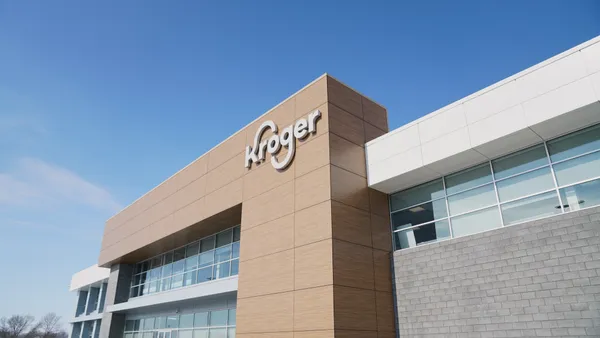Every day and every dollar matters in retail pricing. Every item sitting on your shelf with less-than-optimized pricing is a missed margin or price perception opportunity — even newly released items.
Setting an initial pricing strategy for a new product is an admittedly difficult but also important pricing decision in which many retailers leave money on the table.
The core challenge of initial pricing
Sales data is the key to setting prices. It helps you understand the different factors affecting demand and what impact a price change will have for every product in every store. Price elasticity is an important dynamic to understand as well, further measuring the relationship between price and demand.
But what happens when you simply don’t have the sales data? When a product is new to your shelves, you obviously won’t have previous transaction data to work with.
Predicting the future is hard enough with historical data. But when it comes time to price a new product, predicting the future becomes particularly daunting.
To get around this sparsity of data, retailers usually go with merchant-recommended prices, use lookalike products, or rely on a rules-based or cost-plus approach.
These inferences can get you somewhat close when pricing a new product.
But science gets you closer. For a while now, AI has been the best tool retailers have at their disposal when it comes to setting initial product pricing with any amount of precision, rather than a best guess. But even the best AI solutions on the market still see slight accuracy issues when it comes to new products and other traditionally difficult-to-price categories.
That is, until now. Recent advancements in AI have enabled pricing predictions with incredible accuracy despite data scarcity. The new Revionics AI platform was built with these advancements, creating the most accurate, scalable, and extensible AI pricing solution on the market.
So even in the case of initial pricing, you can be confident in your pricing decisions. Here’s how:
Enhancing AI to solve for sparse data
Lookalike data is a solid starting point, but AI enables you to fine-tune that pricing faster.
The key is a machine learning concept called transfer learning, which helps retailers price new products. In essence, rich data from previous experiences cataloged in your database is used to round out gaps in your product pricing data.
It starts with pricing and purchasing data from similar products, meaning items with shared attributes or from within the same subcategory of your new product. These are powerful resources to gain insight, predict performance, and with market basket and affinity analyses, study how pricing changes may impact sales.
For example, you can price a new oat milk relative to similar products from competitors’ brands. Or if you’re introducing a hemp milk into your assortment for the first time, you can price it based on your own performance data from oat, almond, and cashew milks.
This data can help you predict what may happen because you’ve seen what tends to happen to similar products in similar conditions. From there, the science compounds on itself. As new data comes in, price recommendations will calibrate in response, leading to more optimal pricing.
Thanks to our AI enhancements, we’re able to train your pricing model every week, allowing you to learn idiosyncrasies, spot patterns or opportunities, and adapt faster than your competitors.
The opportunity with private labels
New product pricing is particularly relevant in the current market when you look at the rapid rise of private label brands since the pandemic began.
In the United States, the Food Industry Association found that 80% of grocery executives plan to increase private brand investments in the next two years. Meanwhile, 50% of consumers in Europe’s five largest retail markets said trying new private label products was their biggest behavior change in response to the cost-of-living crisis, according to McKinsey & Company.
Retailers around the world are capitalizing on this opportunity, bringing in new own brand products to fill assortment gaps, meet changing consumer preferences, and maintain margins while offering lower prices.
While differentiation and branding are certainly major factors to a private label brand’s success, price is the fastest lever a retailer can pull to influence demand. Getting introductory pricing right on a new private label product is key to driving sales and building brand loyalty.
Price new products with confidence
Even cents per unit add up over days and stores. While introductory products may only be a small portion of your assortment at any one time, every product is an opportunity to influence sales, price perception, competitive positioning, and profits.
If you would like to learn more about how our AI, science, and strategy can help you make more-optimal new product pricing decisions, you can get in touch with our pricing experts here.










